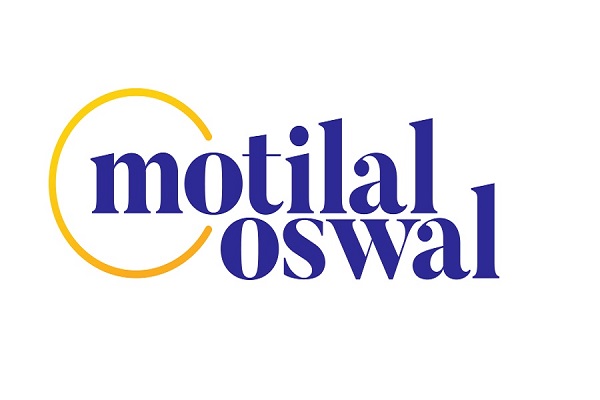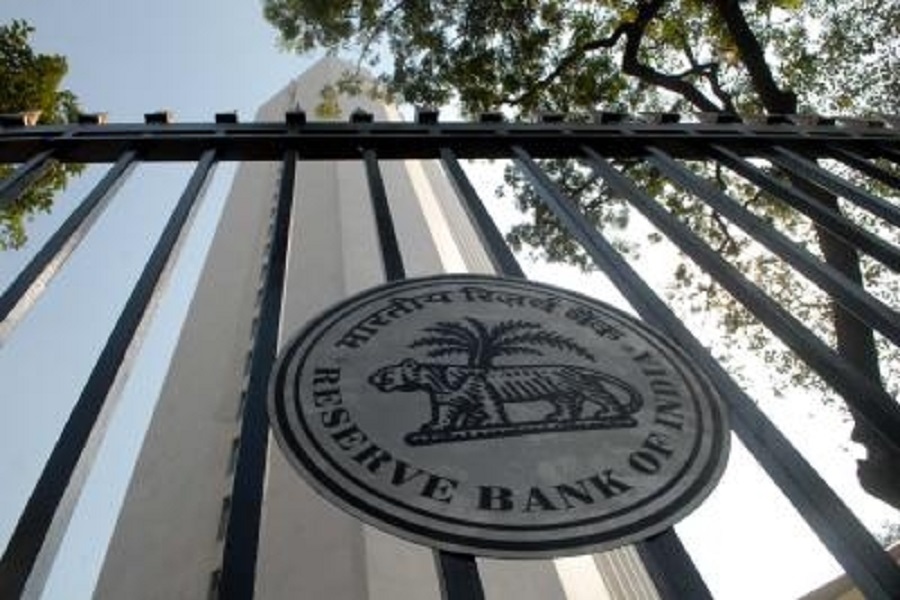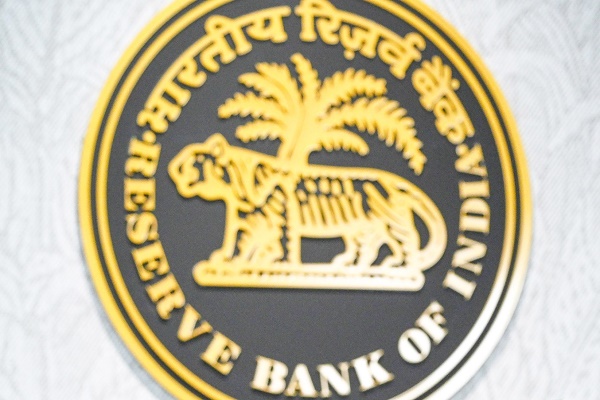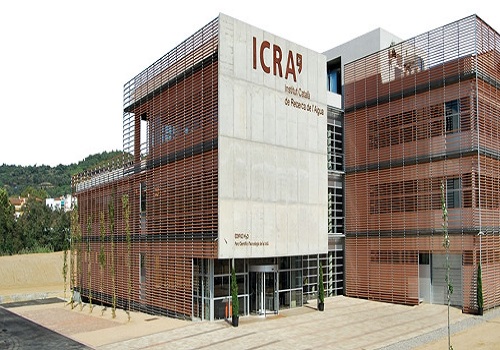CPI inflation : Sharp vegetable price drop delivers lower headline print by Emkay Global Financial Services Ltd
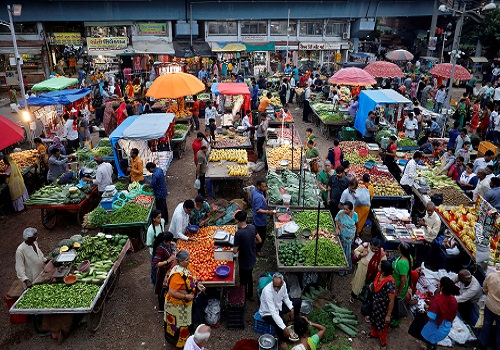
Headline inflation for January moderated to a five-month low of 4.31% YoY, primarily due to easing food prices (-2.9% MoM), especially for vegetables, pulses, and eggs. Core inflation ticked up, however, to 3.8% YoY, mainly owing to higher gold prices. February CPI is tracking ~4.2-4.3% so far with continued lower food prices. Core inflation is expected at ~3.5% in FY25E, remaining below 4% for the coming months; we now see FY25E headline inflation at ~4.8%. For FY26E, headline inflation is estimated at 4.4% (core: ~3.7%). While the RBI’s rate-cut cycle commenced in February amid less challenging policy trade-offs, we expect only a shallow rate-cut cycle of 25-50bps more, as policymakers are likely to prefer maintaining flexibility on account of volatile global dynamics. Further liquidity measures and regulatory easing are expected to aid the current scenario.
Headline CPI at five-month low as lower veg prices bring down food inflation
CPI inflation dipped to a five-month low of 4.31% YoY in January (Consensus: 4.50%; Emkay: 4.42%, prior: 5.22%), primarily driven by continued sequential easing in food prices. Sequentially, CPI inflation fell for the third consecutive month (-1.0% MoM vs -0.6% prior), as food inflation dropped 2.9% MoM (vs -1.5% prior). Within food, vegetable prices again saw a sharp fall (-15.7% MoM vs -7.4% prior) on improved supply, driving most of the decline in food and headline inflation. Prices for pulses (-2.1% MoM), eggs (-2.0% MoM), spices (-0.7% MoM), and sugar (-0.3% MoM) also declined sequentially. On the other hand, fruits (1.2% MoM), meat & fish (0.9% MoM), and cereals (0.5% MoM) all saw significant price rises.
Core inflation rises marginally amid higher gold prices
In contrast, core inflation rose (3.8% YoY vs 3.7% prior). Monthly momentum also picked up to 0.4% MoM, a three-month high. The increase was led by personal care and effects (1% MoM vs 0.1% prior), mainly due to higher gold prices during the month. All other categories remained below 0.4% MoM. Core inflation has likely bottomed out, but should remain around 3.7-3.8% for the coming months.
FY25E headline CPI at ~4.8%; FY26E at ~4.4%
We are currently tracking February headline inflation to soften further to ~4.2-4.3%, with vegetable, cereals, pulses, and edible oil prices easing, whereas fruit prices are likely to increase further. For Q4FY25, our current estimate is at 4.35-4.4% (vs RBI: 4.4%). We now see FY25E headline inflation at ~4.8% (FY24: 5.4%), in line with the RBI’s forecast (4.8%), with core inflation at ~3.5%. We see headline inflation dipping to 4.4% in FY26E assuming normal monsoons (RBI: 4.2%), with core inflation at ~3.8%
IIP growth for December dips as manufacturing slows
IIP growth fell to 3.2% YoY in December (Nov: 5.0% YoY), with an unfavorable base effect. Mining (2.6% YoY) and electricity (6.2%) saw growth improving, whereas manufacturing growth (3% YoY) was lower. According to use-based classification, all categories except consumer nondurables registered positive growth.
Shallow RBI rate cut cycle expected in the face of volatile global dynamics
The RBI commenced its rate-easing cycle with a 25bps cut earlier this month as expected, as policy trade-offs turned less challenging – with tepid underlying growth, easing inflation concerns, and a perceptible change in the RBI’s INR management approach. However, the stance was understandably maintained at ‘neutral’ as policymakers prefer maintaining flexibility on rates and liquidity management, and not to be tied uni-directionally, given the fluid global dynamics that may also require them to be more nimble on policy responses for ensuring financial and macro-economic stability. We expect a shallow rate-cut cycle, of 25-50bps of further easing, while keeping an eye on further liquidity easing measures. Delay in implementation of ensuing LCR and project financing/ECL provisioning at least till end-FY26 should also be viewed as easing by stealth, in our view.
Above views are of the author and not of the website kindly read disclaimer
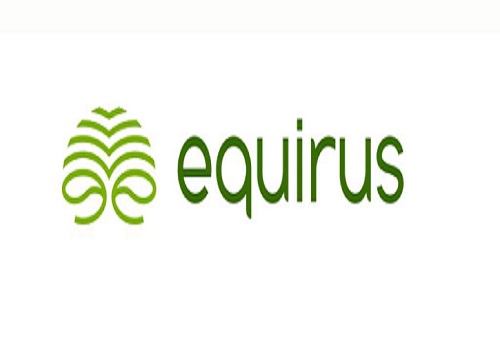



.jpg)


